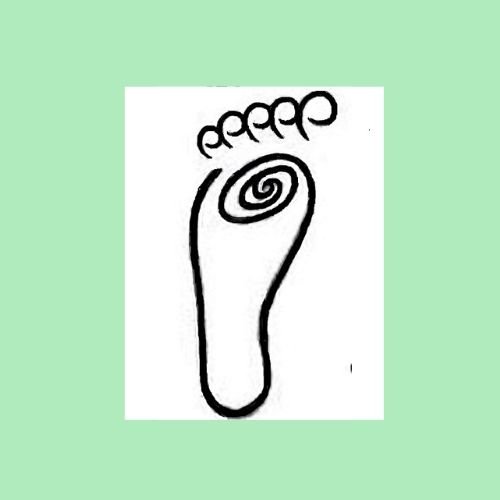This is only an introduction to Visual Reflexology. For an indepth study buy the ebook here.
All reflexologists see the feet during a treatment, but most don’t really look at them, and even fewer know how to study them and use the knowledge gained from this in their practice. Watch the video and scroll down for an explanation of Foot Reading and how Visual Reflexology incorporates it into a reflexology treatment.
watch Angela Telford chatting with David Wayte of the ICR about Visual Reflexology
Foot Reading
Foot reading means going beyond just seeing the feet in front of us. It is about looking at them carefully and knowing how to interpret what their appearance tells us about our clients’ holistic health and well being. But despite the wealth of information that can be gained from this, the subject has never really been given the attention it deserves by the profession. This is a great pity because knowing how to read a client’s health on their feet is one of the most valuable skills we can have. It is easy to incorporate into a treatment and provides much more information than using touch alone. If we don’t know how to foot read, we are not giving the best possible treatment we can.
Analysing Every Aspect of the Feet
With such a wealth of information about our clients’ health literally staring us in the face, it is strange that foot reading has not been used more. Maybe it is because all feet share the same fundamental physiology, and if we have never looked at them carefully, we tend to assume that they all look fairly similar. However, the more feet we study, the more we become aware of just how different the appearance of each pair is, as every person’s health is shown on them. Because of this, they are just as unique and varied as their owners.
This means an enormous amount of information can be gathered by closely studying not only individual reflexes, but also sections of the foot, as well as the differences between the feet in a pair. Each physiological aspect shows something: the curve of the three arches, the shape and alignment of the toes, tension in the muscles and tightness in the joints, variations in colour, distended veins and broken capillaries, the width and depth of lines, marks, freckles and moles, differing skin textures, dips and swellings in the lymph and other tissue. In the book, I cover what these things tell us about a client’s health, if only we knew how to read them.
Placed side by side it is easy to see the great difference between these feet just by looking at their shape, colour and alignment. This is even before we consider the appearance of the individual reflexes.
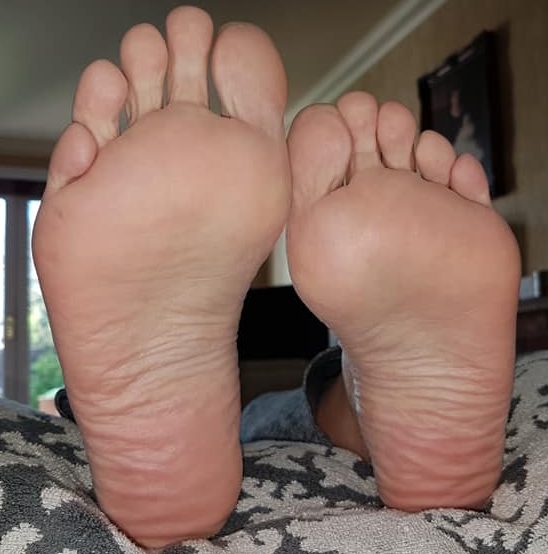


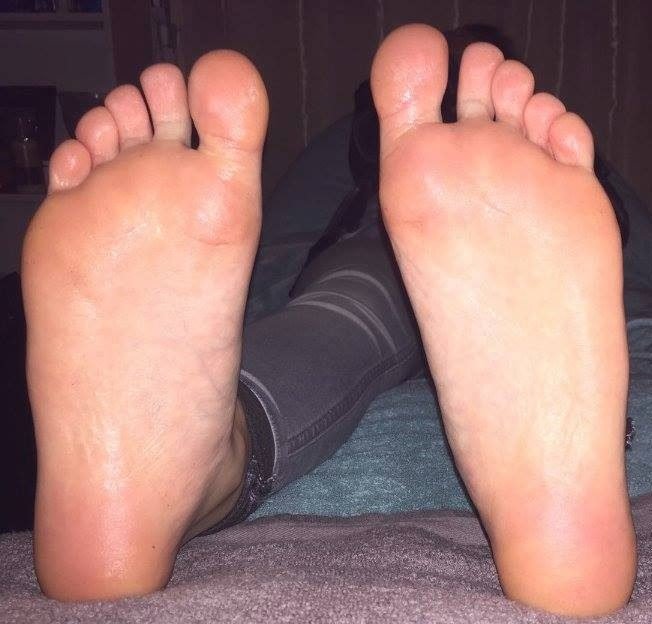
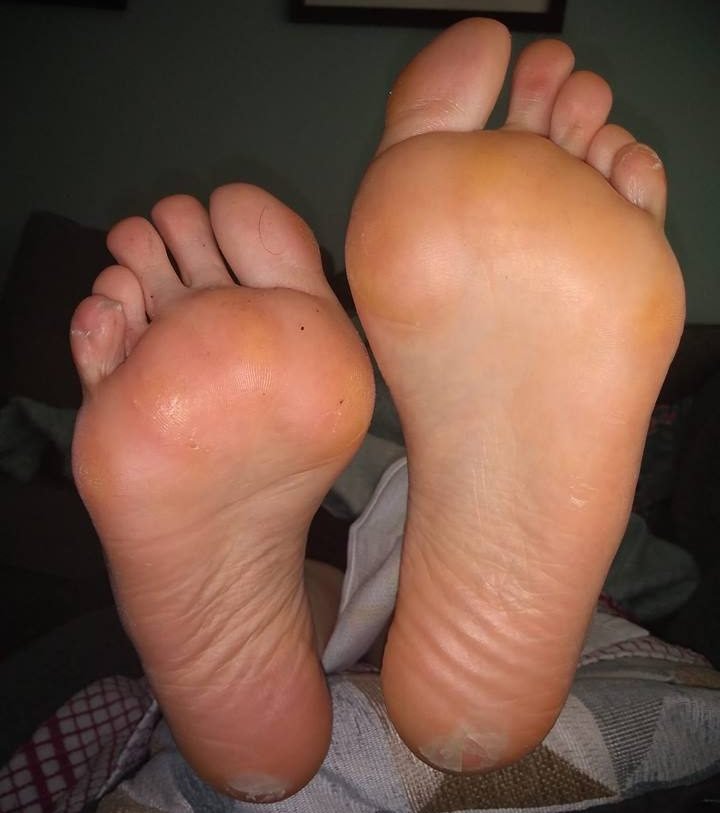

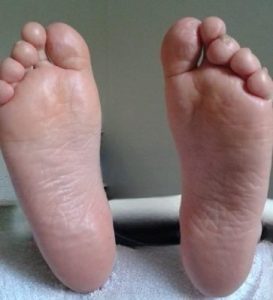

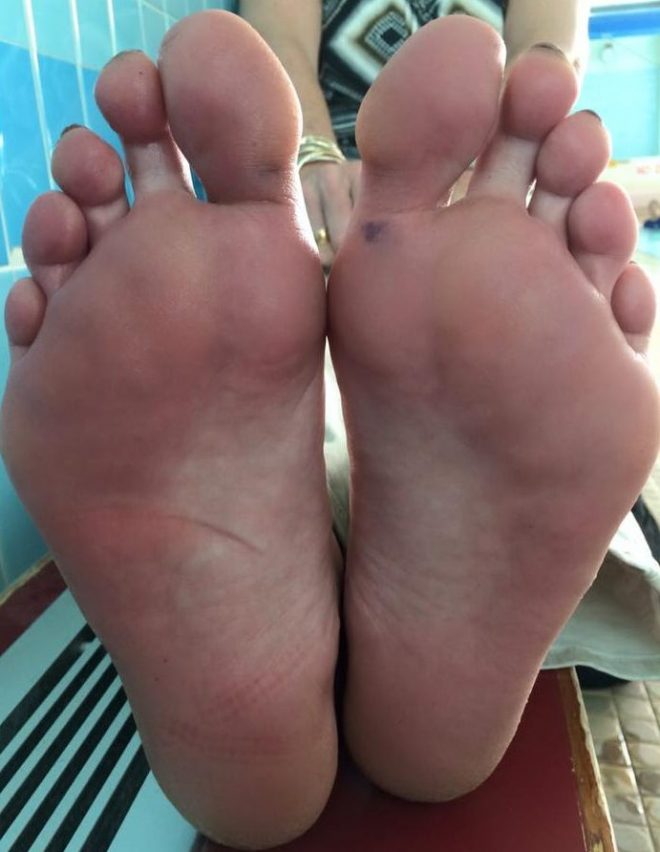
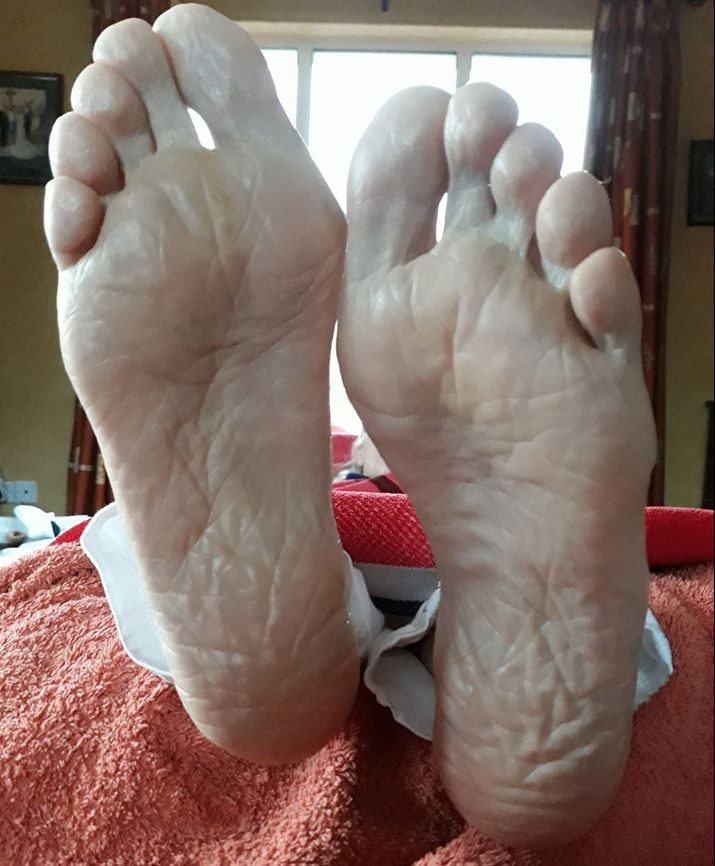
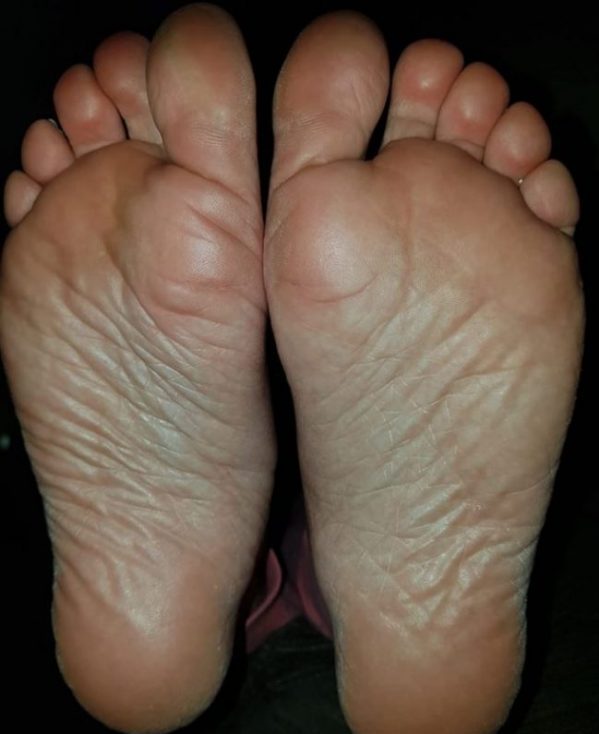

Visual Reflexology
Visual Reflexology is about using the knowledge gained from foot reading within the broader scope of our practice. It is about how we can best apply our observations to improve our treatments, connect with clients, and develop the profession as a whole.
Even as foot reading has become better known over recent years, the focus has been on how to foot read. This book also looks at why we should foot read, i.e., what it adds to our practice beyond what we feel on clients’ feet and their medical histories. For example, before we even touch the feet, if we know how to read reflexes this provides a guide to the best questions to ask clients. And it means that visual skills are of great use for reading the health of those who have problems communicating how they feel, such as children, those with learning difficulties, or those who are very ill or too weak to talk.
Foot reading helps in planning a treatment by showing the most evidently disturbed reflexes, which will need more time. But it encourages a more holistic approach than focusing on individual reflexes alone. By noting the differences between the left and right foot, imbalances between the two sides of the body can easily be observed. And provides an overview of the whole person in a way that touch does not.
It shows which techniques to use to balance the reflexes as effectively as possible, and changes in the appearance of the feet as the treatment progresses let us know how long to contiue using them and how effective our work is. Looking out for movements in the feet, as well as in the body during a treatment, and understanding what they mean also gives vital clues to how well our treatment works.
Recording visual changes that happen to the feet during and between treatments, and over the longer term, including by taking photos gives a much fuller picture of how effective a course of treatment is and how best to proceed with our treatments. Reading the feet also helps inform us whether we should refer a client to other healthcare professionals. I also look at the role it can play in the profession’s future. For example, foot reading can be used to deepen our understanding of the nature of the reflexes and help us to reach an agreement as to where to map them, as well as address other important challenges our therapy faces
My way of foot reading
Many reflexologists still know nothing about foot reading. Still, even amongst those who know of foot reading, most have only heard about reading the personality on the feet, and do not realise that there is also a mass of information about physical health. In this book, I examine reading all the energetic fields on the feet, starting with emphasising the person’s physical health. This is because, although we work holistically, reflexologists are still bodywork therapists. And also because the health appears holistically, once we have read the physical, we can simultaneously read all the other energy fields, so the mind, body, and spirit together as a unified whole.
My foot reading method is firmly based on reflexology theory and practice, and there is no need for additional training or understanding of any other energetic approach or modality. Anyone with a basic understanding of reflexology, even students just starting out, can understand the book’s content. Then, in the same way that we all develop our own individual style and method of working with our hands, members can find their own unique way of using their foot reading skills.
Naturally, as with any aspect of reflexology, there are varying approaches to reading the feet besides my own. They are all valid, and we can learn a lot from studying different methods, so I also consider other forms of foot reading. The ultimate goal is for foot readers who teach from various perspectives to work together. In fact, a lot of collaboration is already happening, and it is very exciting.
Foot reading is gradually becoming mainstream as we realise how much it can add to reflexologists’ treatments and overall skill set. However, there is still a long way to go until it is no longer considered an area of minority interest or a field of advanced study. By having foot readers share our knowledge and working together, we will gain the most significant understanding of this remarkable aspect of our profession. Ultimately, we can persuade the professional bodies that all students need to be taught to footread as an essential part of the basic curriculum.
An Example of Visual Reflexology
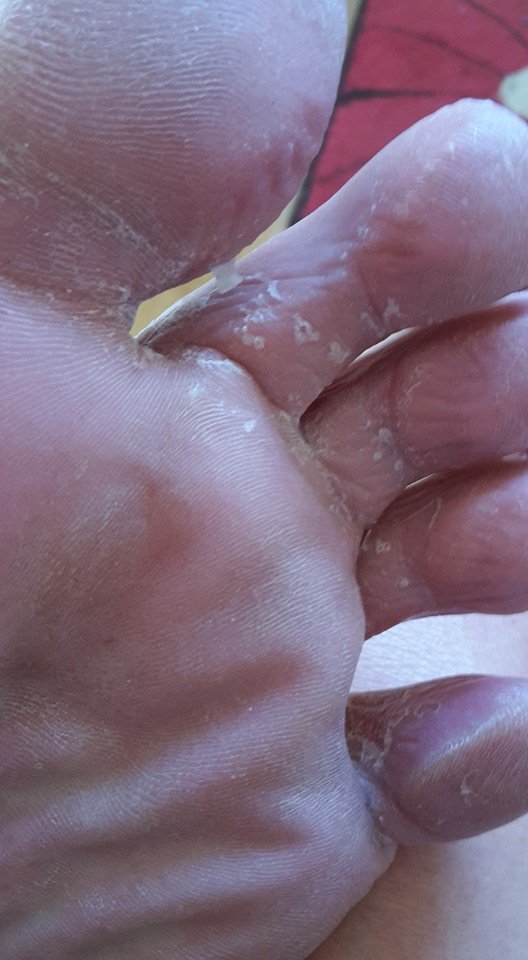
Fungal Skin Condition
A lot of peeling skin can be observed on the toes of these feet. This condition is probably athlete's foot caused by an overgrowth of the bacteria candida, and the client should be referred for a clinical diagnosis. However, they will likely be prescribed a topical fungal cream to help keep the symptoms at bay.
However, holistically, the most important thing for candida overgrowth is to keep the gut bacteria healthy, so the main things to consider are nutrition and digestion. High levels of stress also impact skin health. So when it is seen peeling like this is seen it tells the reflexologist to focus the treatment on the relevant reflexes to support gut health and reduce stress. In this case it shows that the impact of the candida is affecting the head reflexes in particular, so this also needs to be taken into account (it may manifest here as dandruff.).
The emotional connotations of poor diet and the psychological symbolism of peeling skin should also be considered. And potentially referring the client to another therapist such as a nutritionist. Contraindications to working directly on certain skin conditions such as this are also important, and covered in the book.
